It’s hard enough dealing with acne breakouts, but even worse can be dealing with the scarring that pimples and acne leave behind. Scarring affects up to 30% of people who suffer from moderate to severe acne. Depending on the type of scarring you have, there are a variety of options to help improve their appearance.
Types of Acne Scarring
Acne scars form when new collagen is laid down to heal an injury or wound on your skin.
There are several types of acne scarring, each of them requiring different care and treatments.
- Keloid scars - thick lumpy scars
- Atrophic scars - flat, thin scars
- Rolling scars - broad depressions with smooth edges
- Boxcar scars - broad depressions with sharp edges
- Ice-pick scars - these are deep, narrow, pitted scars
Keloid scars
These scars are highly distinguishable due to being raised and discoloured. After inflammation has occurred, the bumps result from the body attempting to heal itself but producing an oversupply of cells. Scar tissue can build up on previous acne sites and cause the keloid scars to become very large and noticeable.
They are more common in people with darker skin with those with increased skin tension or wound tension. They tend to develop after puberty and are more common in younger individuals.

Atrophic scars
These scars are mainly caused by medium to severe cystic acne. The scars are flat, shallow depressions that heal below the top layer of skin. There are three types of atrophic scars:
Rolling Scars
Aptly named as they have the appearance of rolling or wave like scars. They are usually shallow and their shoulders (a term to refer to the edges) are smooth. This scarring is a result of long-term acne problems.
Boxcar scars
These are wide, box-shaped depressions with sharp edges. They commonly form on areas like the lower cheeks and jaw, where skin is relatively thick.
Ice pick scars
Small and narrow markings that point down into the skin’s surface. These scars are most common on the cheeks. Ice pick scars tend to be very challenging to treat, and often require persistent, aggressive treatment.

Help for Different Types of Acne Scars
Keloid scars
The best place to start is with a good moisturizer as continual application will help keep the skin tissue soft. Over time, this can help reduce the size of the scar and certainly won’t make it any worse. If you’re looking for products to help, AMPERNA® skincare range contains hydrating ingredients and a unique probiotic complex to deliver good bacteria to your skin gently and effectively. You can find out more about the AMPERNA® range and how it can help your skin care needs here.
Other options are silicone pads, pressure dressings, or injections. They all require frequent and careful application to be effective, taking at least three months to work. A more invasive method to help reduce keloid scars is fractional CO2 laser combined with topical cortisone injected into scars. Cortisone acts by stopping excess collagen production that causes development of scar tissue. The downside can be skin or fat atrophy which leads to indentations or divots in the area injected.

Atrophic, including rolling scars
In addition to moisturizing, some of the common ways to help this type of scarring are:
- Dermabrasion
- Skin needling
- Laser resurfacing
- Soft tissue growth techniques using collagen, hyaluronic acid and fat implants
Ice pick and boxcar scars
Some of the same techniques for rolling scars can be used: dermabrasion & laser resurfacing
More invasive techniques are also available:
- Subcision®: a surgical technique where the fibrous band under the scar is divided, allowing the skin to return to its normal position
- Larger scars are cut out and the defect closed to form a scar in a thin line
If you suffer from acne, Kiri, founder of AMPERNA® skincare, is here to help you. AMPERNA® is committed to creating simple, active products specially formulated for sensitive and troubled skin. The whole AMPERNA® range is suitable for use by people suffering from acne prone skin. The products were actually formulated because Kiri struggled with pustular acne herself. AMPERNA® products contain a unique probiotic complex that delivers good bacteria to your skin gently and effectively. Recent studies have found that probiotic supplements and probiotic skin care can help to effectively reduce total acne lesion counts and help decrease oil production over a 12 week period. (Source: aad.org).
Contact us if you'd like to get in touch.
Sources:
https://www.healthline.com/health/keloids#home-treatment
https://www.thevictoriancosmeticinstitute.com.au/detail/keloid-and-hypertrophic-scarring/
https://www.healthline.com/health/skin-disorders/types-of-acne-scars#types-of-scars



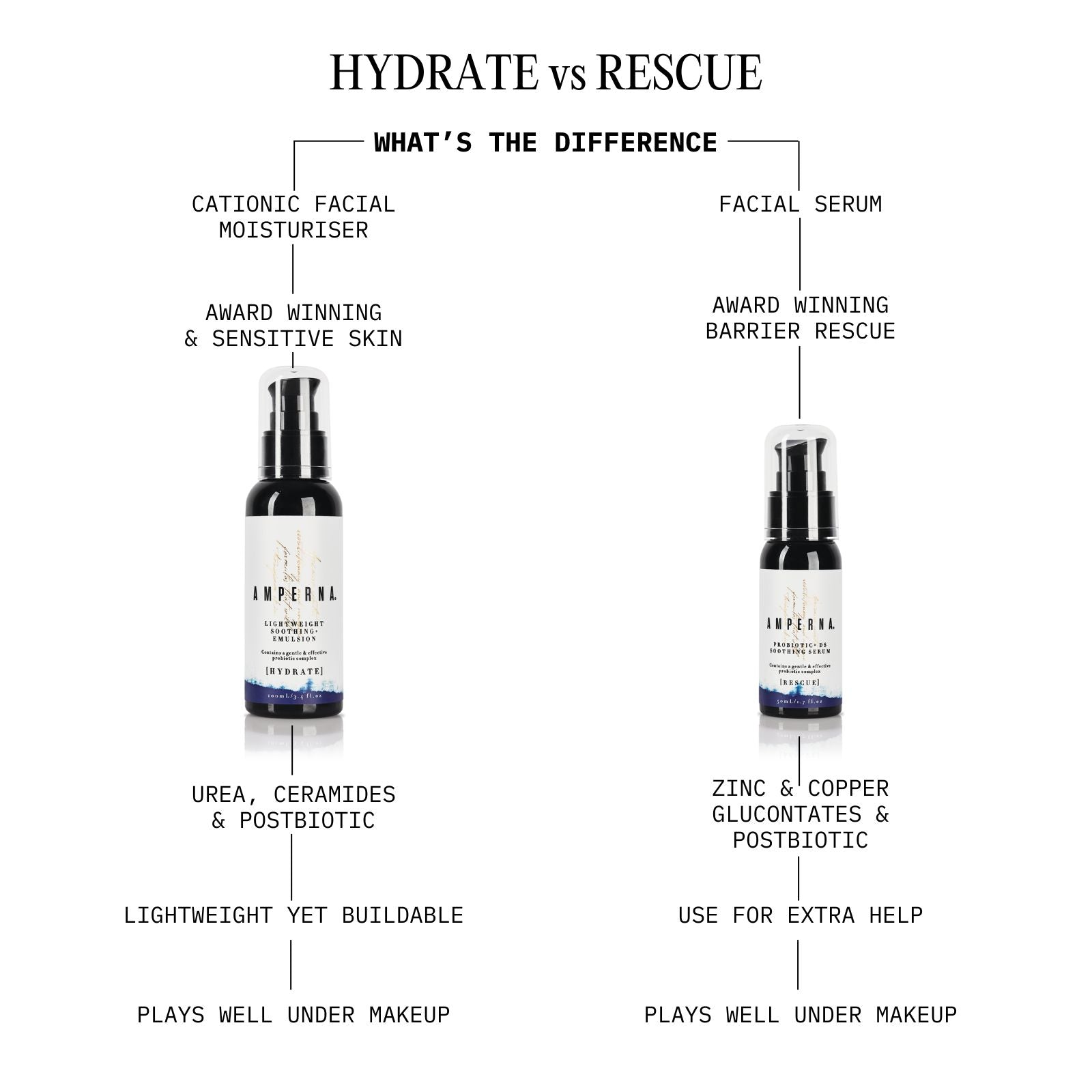

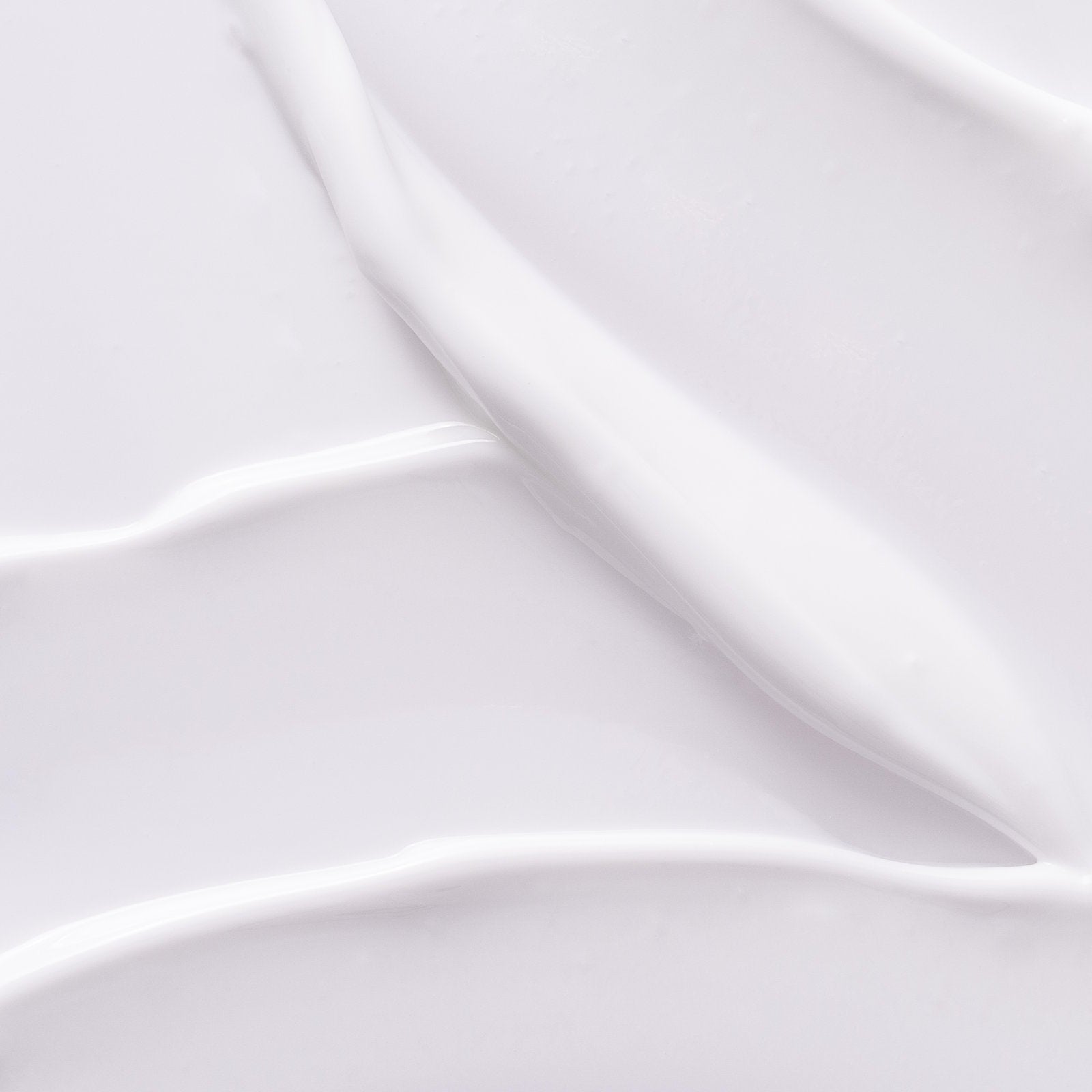



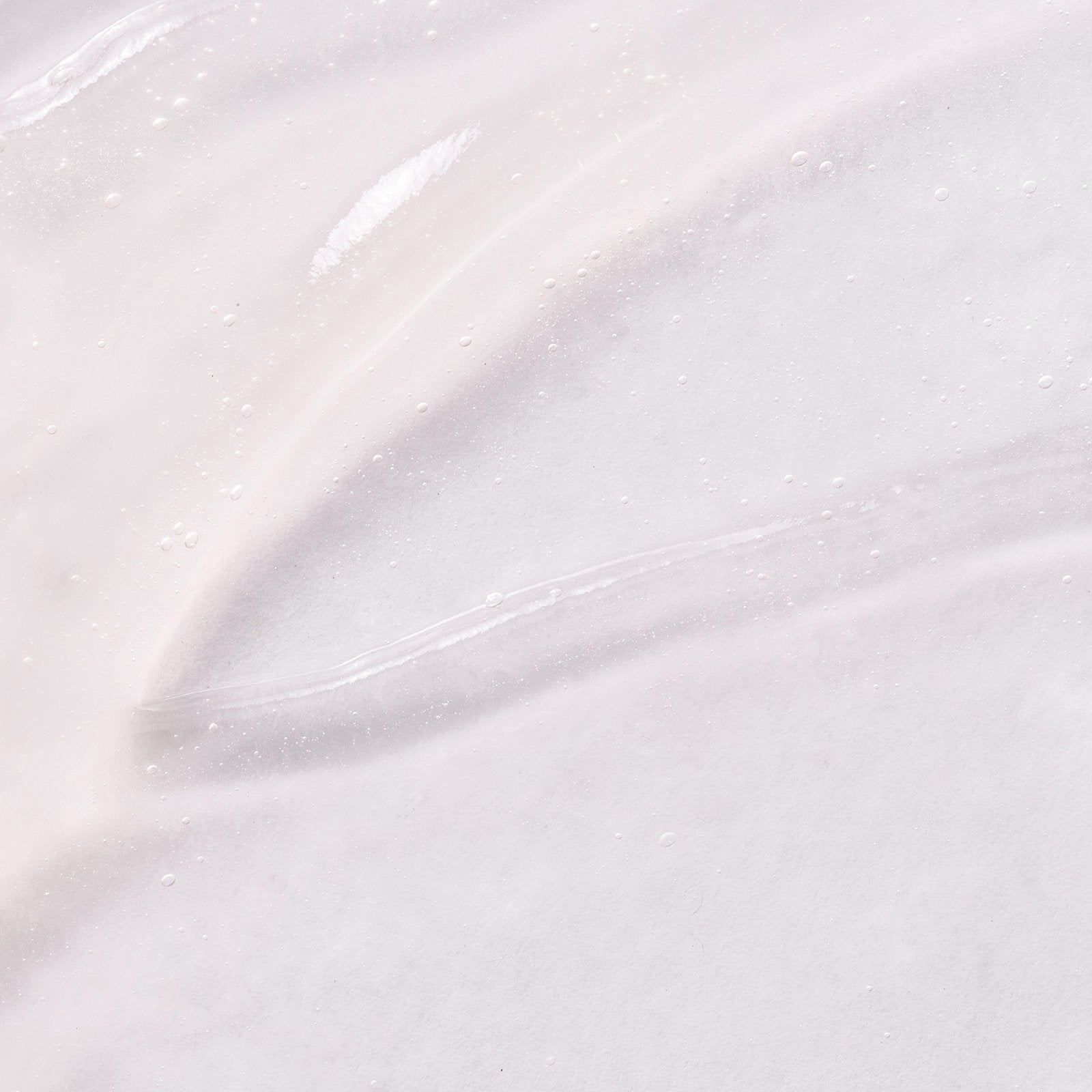
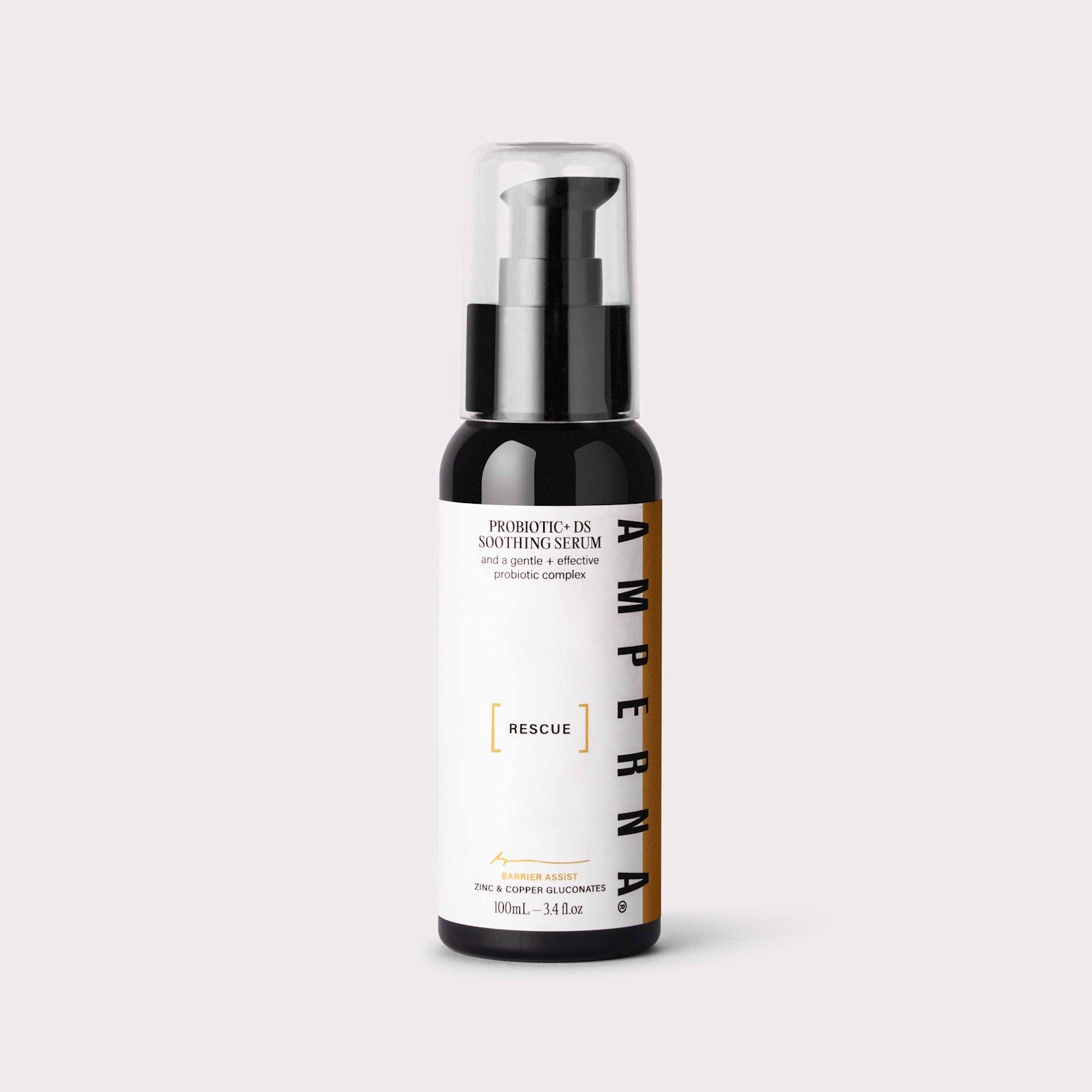
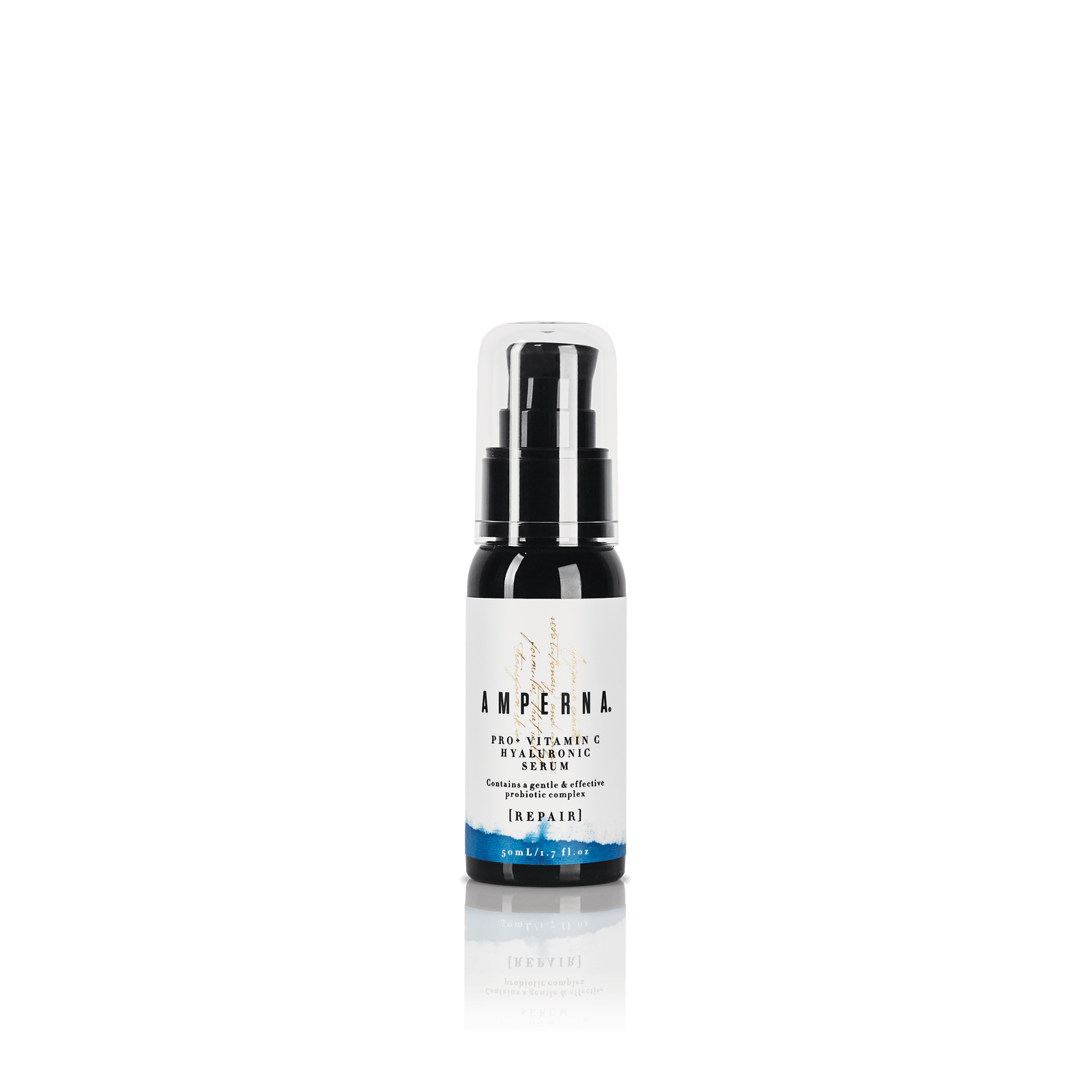
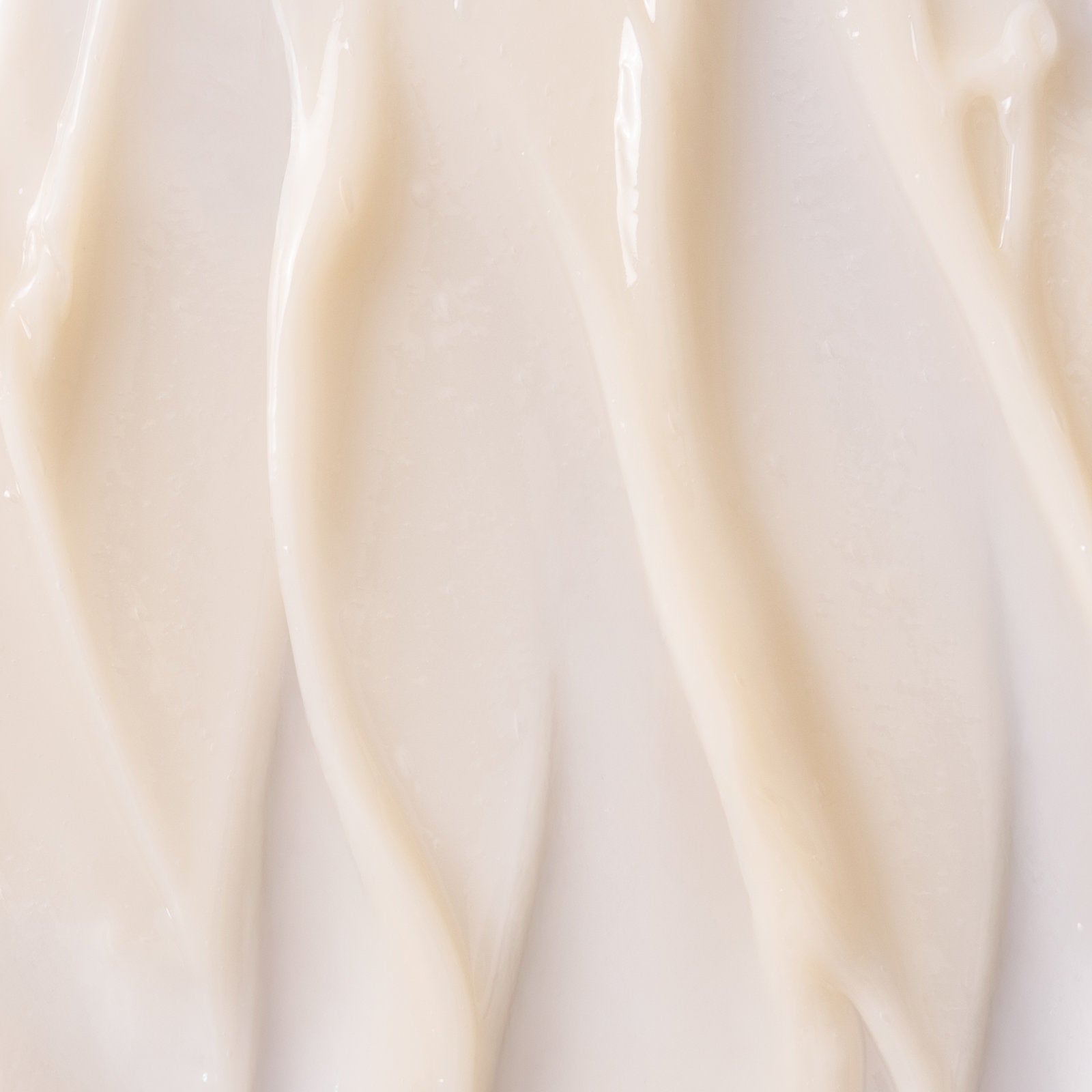
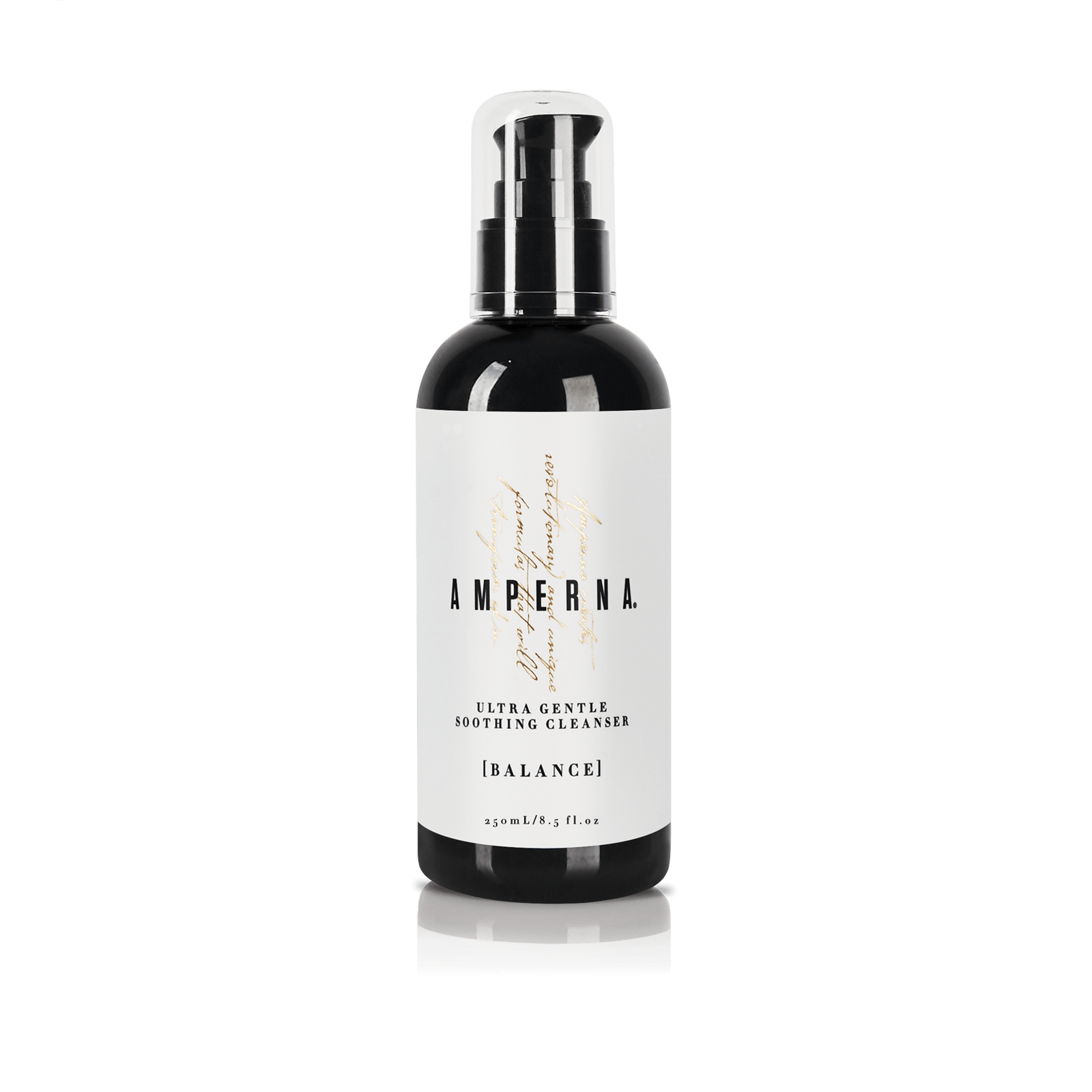
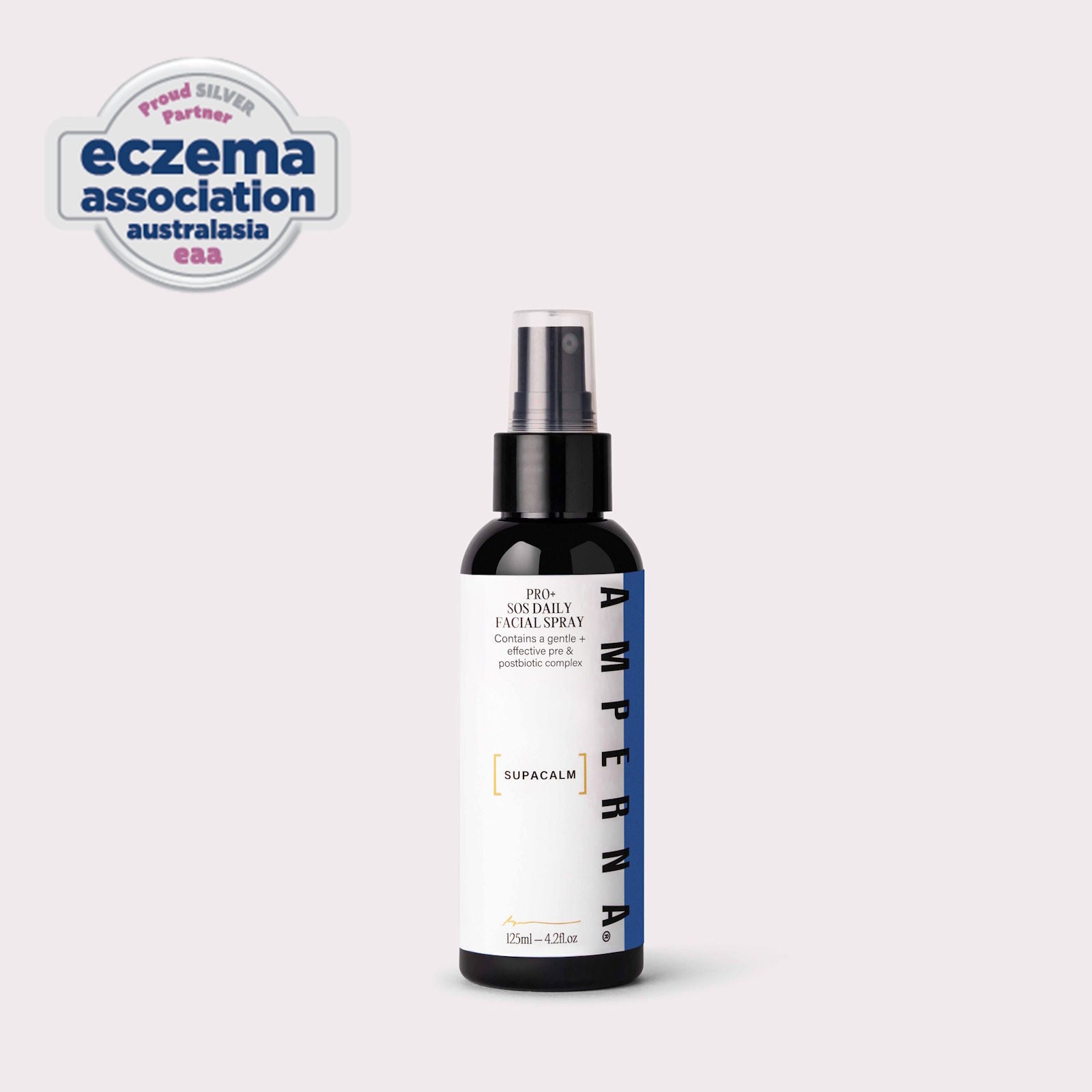


![Introducing AMPERNA® [DERMACARE] Haircare: For Scalp Comfort and Strong Hair](http://amperna.com/cdn/shop/articles/42_efd53385-7cf9-4b45-8e54-982415ee8fbc.jpg?crop=center&height=720&v=1761871871&width=1200)
